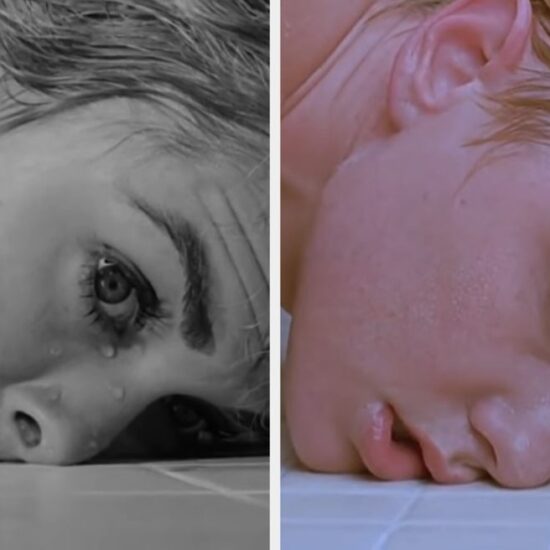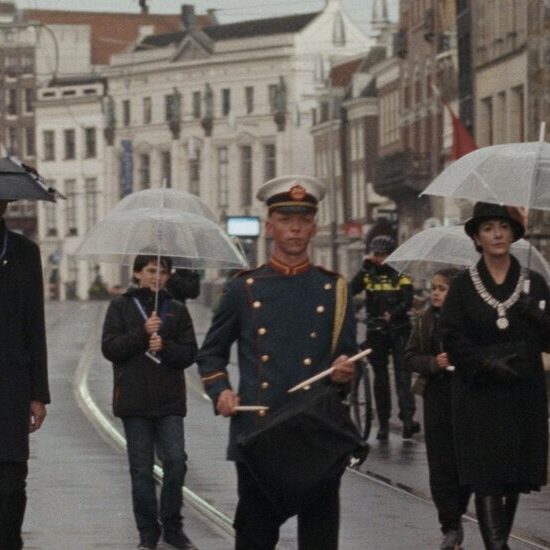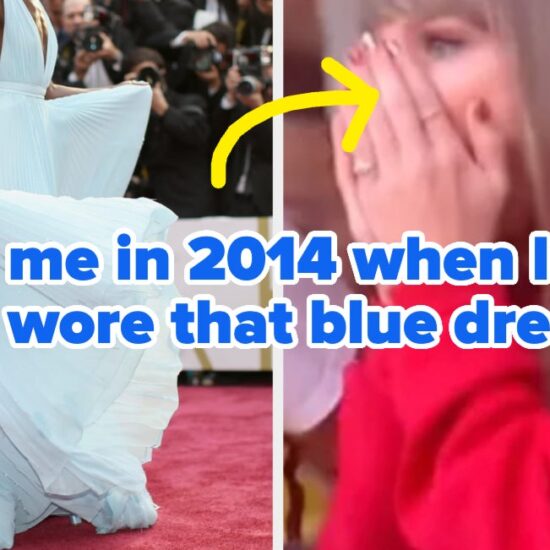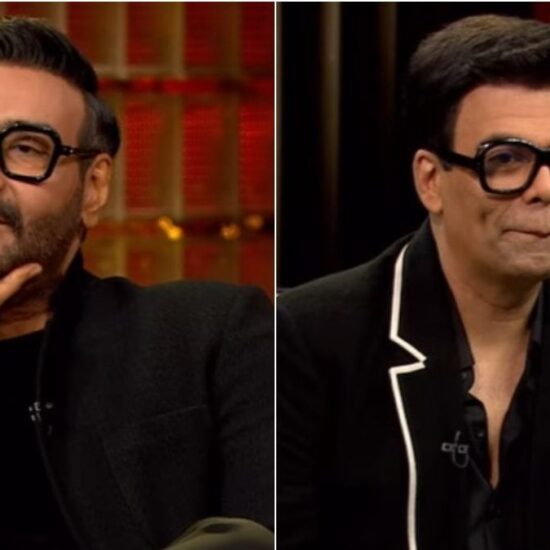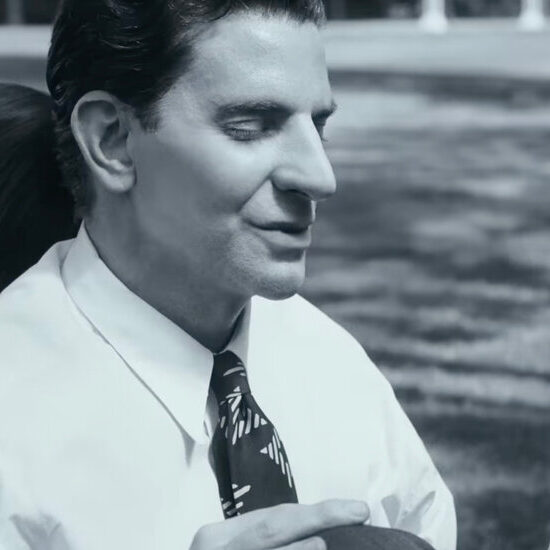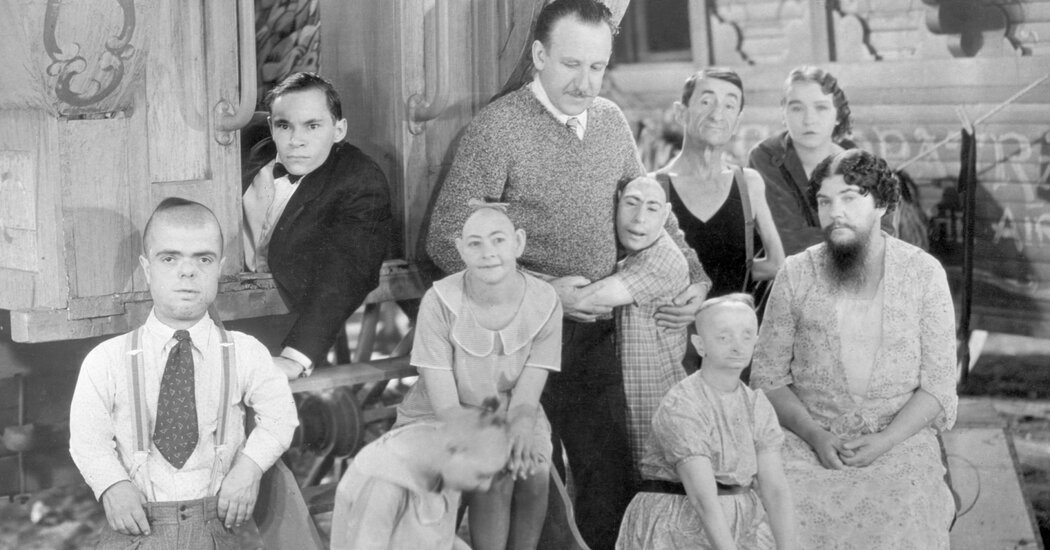
Hollywood’s track record for portraying people with disabilities has been sketchy at best. There have been inspirational figures, noble martyrs and lovable oddballs — some of these performances garnering Academy Awards — but there aren’t a lot of people simply living their lives.
The search for truly resonant disability representation in the history of cinema is continuing, but over the decades, many scholars keep returning to a perhaps surprising touchstone: a 91-year-old film set in a circus.
Tod Browning’s most widely known work is “Dracula” (1931), starring Bela Lugosi, but the next year, he broke new ground with a movie featuring an extensive cast of actors with disabilities. Browning’s “Freaks” (available on most major platforms) centers on a close-knit group of circus sideshow performers who rally around a friend after he is betrayed by his lover, a trapeze artist.
Despite the sensationalist spectacle, the sense of both community and agency among the characters is noticeable, with a variety of experiences represented (some of them extremely rare onscreen). For example, Harry Earles, a little person who plays the betrayed lover, Hans, by some accounts told Browning about the original story, “Spurs,” that “Freaks” adapts; Frances O’Connor, who plays a member of the troupe, was born without arms and had toured with Ringling Brothers; and the performer known as Schlitzie is one of a few cast members with microcephaly.
“It was really appealing to see that they have a recognizable disability culture and they form a community,” Carrie Sandahl, head of the Program on Disability Art, Culture and Humanities at University of Illinois, Chicago, said of the film. “They stand up for each other and have their own insights and humor.” Sandahl co-wrote and co-produced “Code of the Freaks,” a 2020 documentary that surveyed disability representation in Hollywood and held up the Browning film as a rare bright spot.
As a hero for disability representation, Browning could be a complicated figure. He came to moviemaking from carnivals, where he had worked as both a barker and a performer, and his interest in the macabre could sound voyeuristic. “Freaks,” for example, serves up a lurid revenge plot. But it also explores the quotidian offstage lives of the troupe in the film, and the villain of the story is the toxic trapeze artist, Cleopatra (Olga Baclanova), who is not disabled.
“What’s fascinating is their daily lives,” Kristen Loutensock, a cinema studies professor at the State University of New York at Binghamton, said. “We never see their actual acts. We see them doing laundry, eating with each other. It’s this idea of community as family, a space where you can do the things that are necessary for your life — like you can eat with your feet!”
Freak shows had declined by the 1920s after a movement to shut them down, not out of concern for the performers, but with the goal of keeping them from public view. Browning’s film ran into opposition, too: It was re-edited after test screenings, bombed at the U.S. box office and was banned in Britain. But in the 1960s and ’70s it resurfaced as a midnight movie and cult oddity, at a time that overlapped with the beginnings of film studies as a formal university program.
“Freaks” rose to further prominence in the 1990s with the emergence of disability studies as a field and the reappraisal of circus culture. Sideshows were re-evaluated as a possible site for expressing a kind of creative vision, and the film has its own ready-made taglines for solidarity, from the “one of us” chant — when they welcome Cleopatra as “one of” their community — to the group’s code of honor: An injury to one is an injury to all.
The over-the-top aspects of “Freaks” also gained their own kitsch appeal for some viewers with disabilities, Sandahl said.
“Embracing ‘Freaks’ is also about a form of humor called ‘cripping.’ It’s an outsider, edgy embrace of something that is clearly outsider and non-normative,” she said.
Detractors of “Freaks” and its inherently marginalizing context exist. But its re-evaluation seems to occupy an established place in disability studies that does not have any precise equivalents. Scholars I spoke with singled out moments in other films, ranging from the 1978 drama “Coming Home” (which depicts the aftermath of injury in war) to the 2019 “Chained for Life” (which stars Adam Pearson, an actor with facial disfigurements) and even the Farrelly brothers’ hit 1998 comedy “There’s Something About Mary” (featuring a boy with intellectual disabilities).
But none have quite the stature of “Freaks,” and sometimes redeeming other movies can be a reach.
“I’ve appeared with the Farrelly brothers on different panels and we’ve had this argument before,” David T. Mitchell, a leading disability studies scholar who is a professor at George
Washington University, said of their portrayals of people with disabilities. “They say that any representation is good representation and ultimately the films works its way around so you have sympathy for the character. But for me, that’s too low a bar.”
Reid Davenport, a filmmaker who charted his own experiences navigating the world with a wheelchair in the award-winning documentary “I Didn’t See You There,” recognizes the conflicting views of “Freaks.” It might be transgressive and offensive, yet it also demonstrates the agency of its characters in a society that has tossed them aside. (In his own feature, he also laments the sudden appearance of a big-top circus in his neighborhood, and the legacy it brings to mind.) But he maintains that the history of disability representation in film is simply dire across the board.
“There’s really very little to look back upon and say, ‘Oh, let’s keep this,’” he said. “There needs to be a complete overhaul, and I think there are signs that this is happening.”
Davenport’s work points one way to representations that are faithful to the experience of people with disabilities. Mitchell said he believed that the future of disability representation lies in works like Davenport’s and what he broadly calls independent disability cinema.
“Disability film tends to be about a creative, non-normative navigation of the universe,” Mitchell said. “And that is a kind of viable alternative ethical map to how to live differently, because disabled lives are so interdependent.”
Viewed in that light, the specific, antiquated world of “Freaks” can continue to spur better ways forward in artistic depictions of people with disabilities.
“That was the thing that really appealed to me: An offense to one is an offense to all. That’s my motto for disability activism,” Sandahl of the University of Illinois said. “Like, you may not have a ramp for me to get into this store, but it’s not just about me if I complain. You’ve offended all of us, and I’m going to do something about it.”








